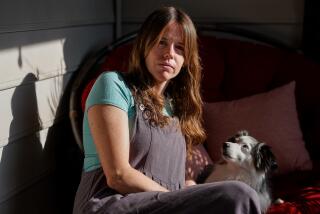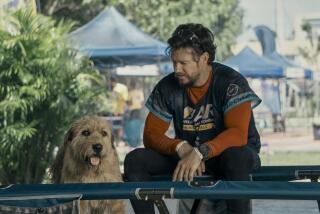DON’T TOUCH THE DOG!
- Share via
You thought stars demanded special treatment? Consider these tips from a handbook called “The Correct Use of the Motion Picture and Television Trained Dog” by animal trainer James Colovin:
“Schedule all dog action shots either early in the morning, or late in the afternoon, for energy peak performances.
“Dog actors should not be expected to work on hot surfaces, pavement, etc.
Rehearse! “It’s very important that dog actors feel comfortable with their part.
“Pre-training helps to remove unnecessary stress, thus keeping your film project flowing and fun for our dog actor at the same time.
“We ask that cast, crew and production personnel refrain from whistling, petting, imitating dog sounds, or talking to our dog actors. . . . At the end of the shoot, we would be more than happy to let you pet them.
Cast selectively: “Even if the dog actor is portraying the part of being a dog, a character reference is nice to have.
Keep food off the set! “You can probably imagine what could happen when a dog actor discovers a potato chip while moving from Point A to Point B.
“When on location, lunch wagons or break-trucks should avoid parking upwind of dog actor’s rest or work area.
“Once the dog actor knows his or her part, it’s not advisable to use them in every rehearsal. . . . It saves the dog actor’s energy and removes any possibility of boredom.
“Normally, trainers have their dog actor on a food schedule. One reason is to control restroom habits, especially when working on TV shows with a studio audience.”


